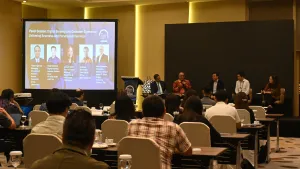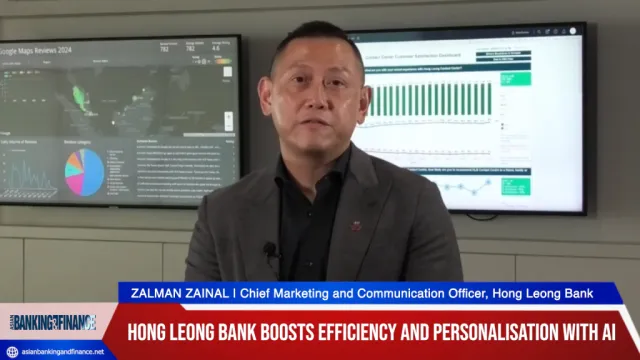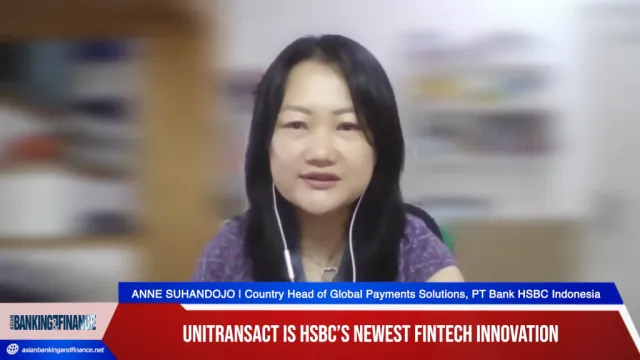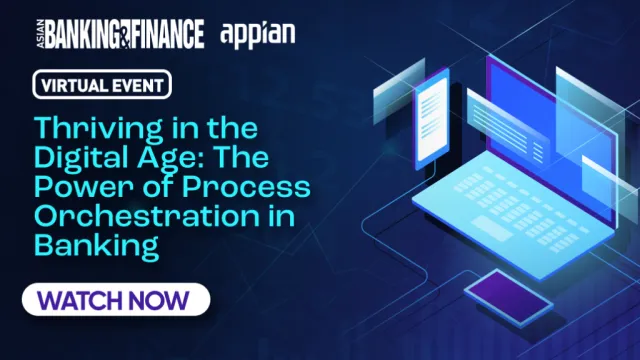Insights from central bankers at SIBOS 2012
By Tapan AgarwalI was at SIBOS, Osaka, Japan, last week, and it was a pleasure to meet several bankers across the world. Moreover, as the event was held in the Asia Pacific, there was a very good representation from the Asian Banking and Finance Community–a very good blend of banks, IT vendors, regulators, monetary agencies, Clearing and Settlement houses, depositories, and so on.
Amongst banks, although SIBOS is a corporate banking event, I was quite happy to see several central bankers at the event–I met over 40 bankers–and considering the fact that there are about 200 central banks only in the world, this represents a good percentage.
I gathered some good insights from the central bankers present at SIBOS. While some were interested in Payments and RTGS systems (Africa), some of them in the Asia pacific were interested in complete Core Banking Technology refresh, and quite a few in Europe were keen on strengthening their Collateral and Risk Management frameworks to meet the new ECB norms.
What I gathered was that in many countries, the central bankers have presently been busy forcing the commercial, retail and co-operative banks under their ambit to modernize their Core Banking Systems and Technology Infrastructure.
They have tightened their payments systems and made regulatory reporting more streamlined/automated.
Also, many countries now do have automated ACH/RTGS systems. The last decade or so was spent by the central bankers with an external focus, and they have experienced good success.
However, they have started to realize that their own in-house technology infrastructure is not as robust/modern as those of the commercial banks. While they have started to get good quality data feeds in real time, their own in-house systems and processes are not yet ready to accept/process this data in real time.
One central banker told me that they take up to 3 months to present the data on budgets/profits to the parliament. Another banker told me that Balance sheet data for the end of a given month are used to determine the reserve base for the maintenance period starting in the calendar month, two months later. (The balance sheet data itself is generated much later!)
The general consensus seemed to be that as the banking system is globally connected, and even a small event in one bank/one country could send shockwaves globally, even central banks need to respond to these changes in real time. Hence, the Central Banks would like to modernize their technology infrastructure and processes.
Apart from core banking systems, the central banks across the globe seem quite keen on something like a "BANK SUPERVISION MODULE."
Basically, a system that will take "financial feeds from banks" and then manipulate the feeds to generate reports/analytics/statistics such as:
- Regions, where NPAs are high,
- Capital Adequacy of Banks by Region/Type,
- Capital and Forex Flows by Region/Bank Type/Quarters,
- SLR/CRR ratios of banks and their co-relation with Deposit growth, Asset growth, Capital Adequacy, Assets, Management Quality, Earnings and Liability measurement analysis (CAMEL) of the bank, is required.
They may want this system to tell them, based on historical data, that in Quarter 3, the capital outflows are high, or that banks in the south have a very high Loan-deposit ratio compared with the North, and take decisions based on that.
They also need some SIMULATION TOOLS, so that the central bank can simulate, say a 20 bp increase in interest rates, and then see the impact on the economy and/or simulate a devaluation of the currency and assess the impact.
Most of the central bankers I met, however, also mentioned that strong program management, governance and implementation approaches are essential before any technology refresh is done in a central bank.
As they are the back bone of any economy, no one would want to put a central bank IT transformation project into the annals of "failed/delayed projects", as the ramifications can be disastrous.
All in all, I think it was a great SIBOS, and I am sure that the wave of changes at central banks will only strengthen the Asian Banking and Financial Infrastructure.










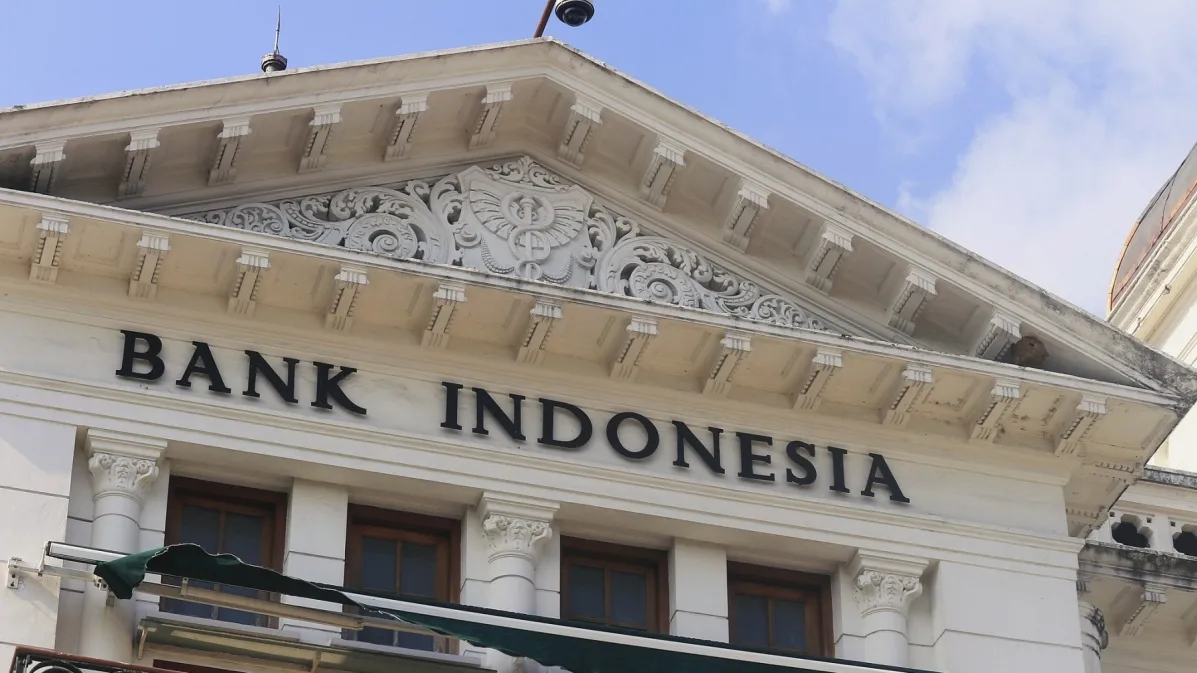
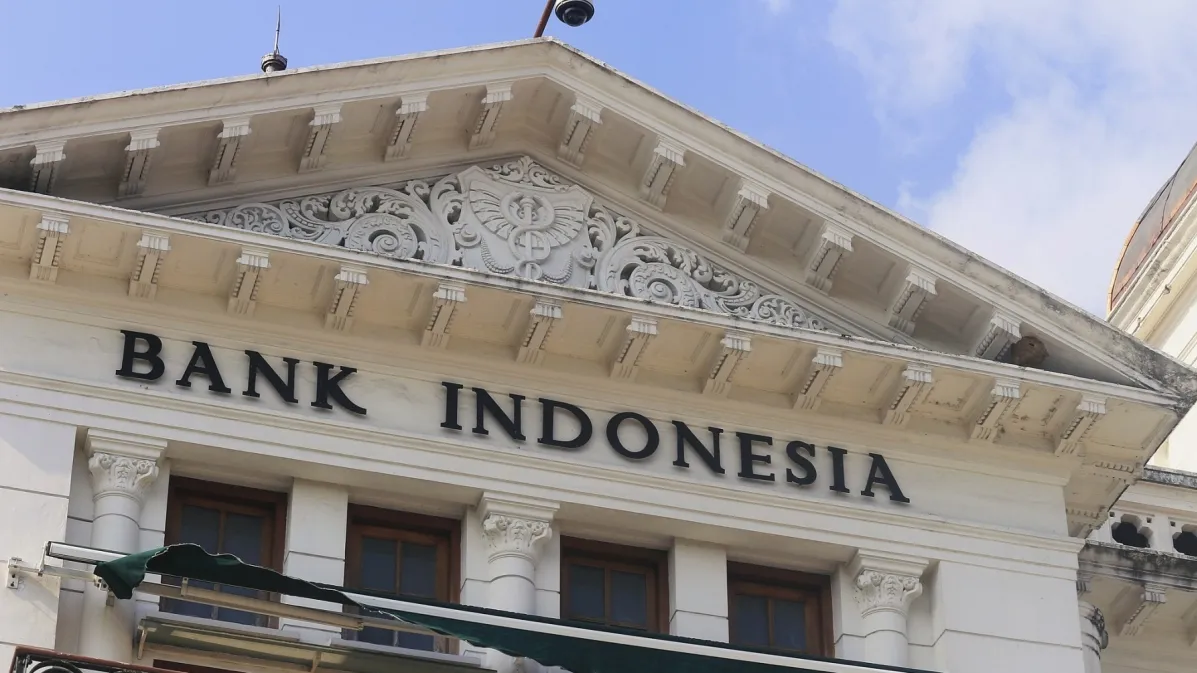


 Advertise
Advertise


